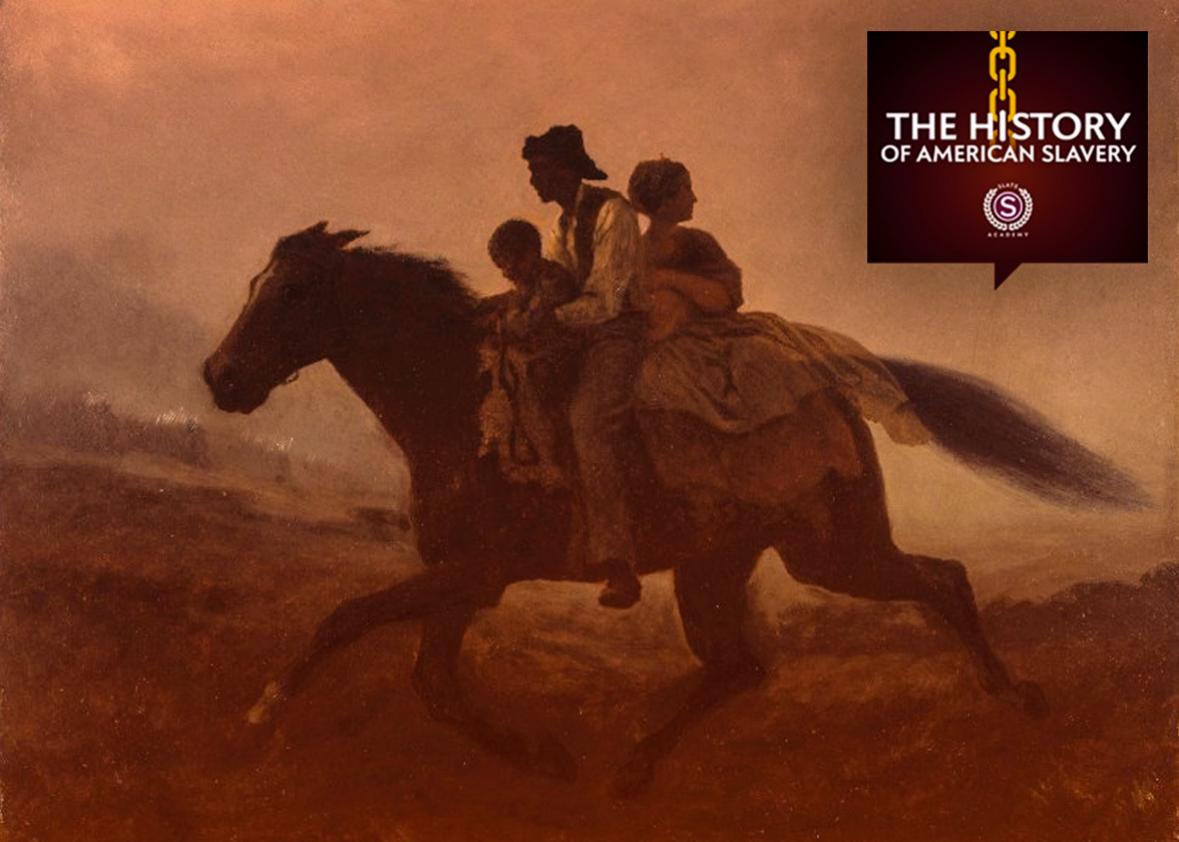

The slave or slaves had to make a getaway from their owners, usually by night. Many went on to Canada, where they could not legally be retrieved by their owners.Ī trip on the Underground Railroad was fraught with danger. Once the fugitives reached safe havens-or at least relatively safe ones-in the far northern areas of the United States, they would be given assistance finding lodging and work. The latter sometimes included clothing so that fugitives traveling by boat or on actual trains wouldn’t give themselves away by wearing their worn work clothes. The Underground Railroad’s “stockholders” contributed money or goods. In keeping with that name for the system, homes and businesses that harbored runaways were known as “stations” or “depots” and were run by “stationmasters.” “Conductors” moved the fugitives from one station to the next. The term Underground Railroad began to be used in the early 1830s. A story claims “Mammy Sally” marked the house Abraham Lincoln’s future wife, Mary Todd Lincoln, lived in while growing up was a safe house where fugitives could get meals, but the story is suspect. Owen Brown, father of the radical abolitionist John Brown, was active with the Underground Railroad in New York state. Among the slaves who hid within it was “Eliza,” whose story formed the basis for the character of the same name in the abolitionist novel Uncle Tom’s Cabin. The eight-room Indiana home they owned and used as a “station” before they moved to Cincinnati has been preserved and is now a National Historic Landmark in Fountain City near Ohio’s western boundary. For this reason, Levi is sometimes called the president of the Underground Railroad. Two Quakers, Levi Coffin and his wife Catherine, are believed to have aided over 3,000 slaves to escape over a period of years. Their influence may have been part of the reason Pennsylvania, where many Quakers lived, was the first state to ban slavery. George Washington complained in 1786 that one of his runaway slaves was aided by “a society of Quakers, formed for such purposes.” Quakers, more correctly called the Religious Society of Friends, were among the earliest abolition groups. The Legacy of Harriet Tubman: Freedom Fighter and Spy The Beginnings Of the Underground RailroadĮven before the 1800s, a system to abet runaways seems to have existed. How Canada Became the Last Stop on the Underground Railroad It was first known for supporting Black veterans returning from war and supported Black men and women in Boston through the decades.Ĭoretta Scott King rented a room at the home while studying at the New England Conservatory of Music during the early stages of her relationship with Martin Luther King Junior.Facts, information and articles about the Underground Railroad EstablishedĪpproximately 1862 with the start of The Civil War Slaves FreedĮstimates run from 6,000 Prominent Figures The home later became the headquarters of the League of Women for Community Service. “What did Boston do to create slavery, and what did Boston do to try to change it?” “It being an inherently secretive process, the evidence of that action may not be left in the ground,” added Bagley. Their home is believed to have served as a stop on the Underground Railroad. The brick townhome is the former home of an abolitionist family with a known history of welcoming slaves. The team will shift their focus to 558 Massachusetts Ave in the South End on Monday. Massachusetts was the first state to make slavery legal.” “I think many people are going to be surprised by the fact there even was slavery here,” explained Bagley. “There are very few places that have survived in the ground that tell the recorded story of enslaved Africans in Boston.”īagley said many of the locations connected to enslaved Africans in Boston have been developed or lost. “The place we’re excavating are the kitchens and living quarters of folks who were enslaved on the property,” said Bagley. They’ve found several relics during the tedious process. The mansion, built in 1747, was once the seasonal country estate of William Shirley, Royal Governor of the Province of Massachusetts Bay.Īrcheologists have been shoveling to find out if the property’s slave quarters are still intact underground. The first of three excavations got underway in mid-September at the Shirley-Eustis House in Roxbury.

Boston’s archeology team is digging at several sites through the city to uncover untold stories of the city’s connection to slavery, the Underground Railroad and Black history.


 0 kommentar(er)
0 kommentar(er)
